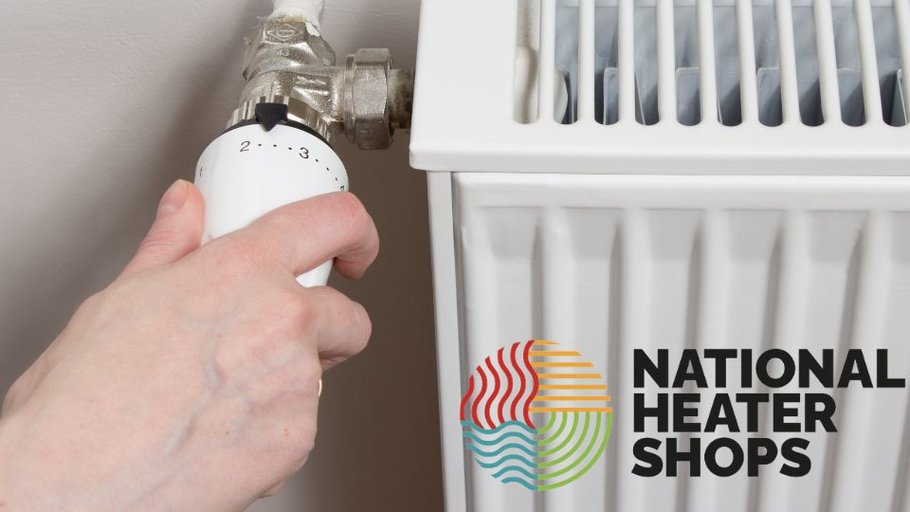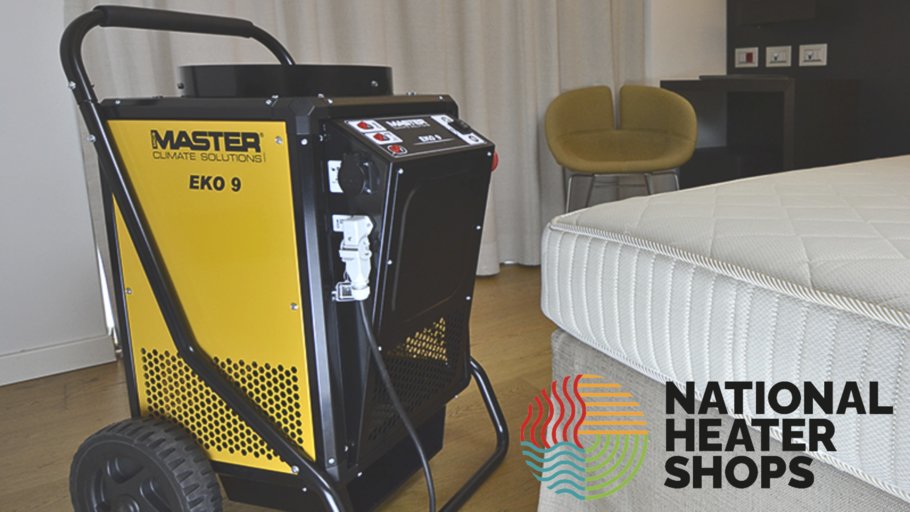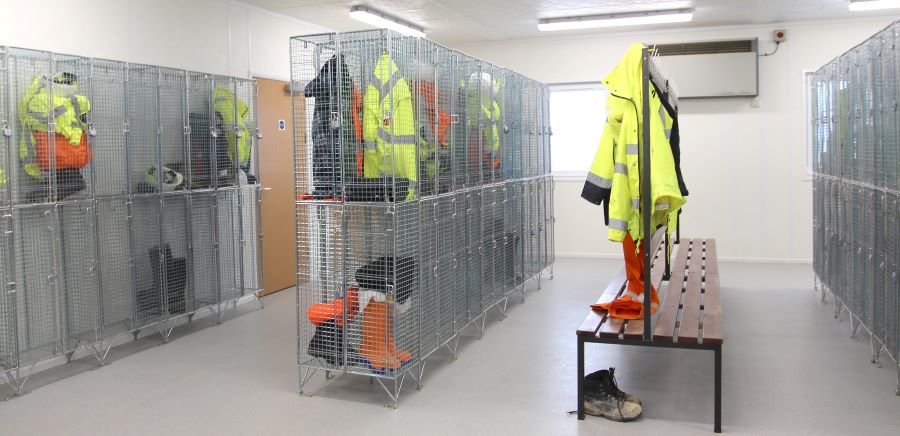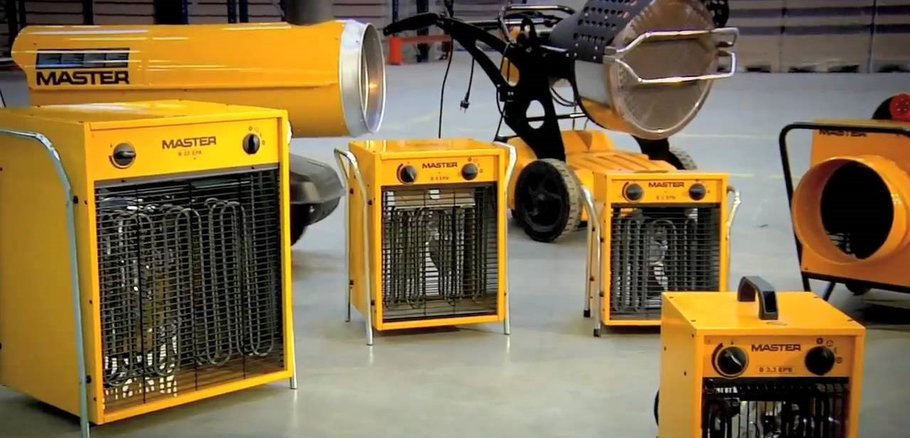An unbalanced heating system can leave you freezing cold in your living room and sweltering in your bedroom. Balancing your radiators will solve this issue, this guide will help you restore the balance in your home.
Bleed or Balance
If your radiators have some cold spots along the surface, it's possible some air is trapped in there which means you'll need to bleed them.
Balancing a radiator is simply allowing more water to flow to colder radiators and restricting the flow to radiators that are too hot. You can spot a balancing issue when radiators heat up at different rates.
If you're unsure about the issue and thus whether you should bleed or balance, we'd recommend doing both.
What you need
To complete the task you'll need a couple of things:
- Radiator Bleed Key
- Lockshield Valve Key or Adjustable Spanner
- Screwdriver
- Digital Thermometer
Check your radiator Valve
There are three main types of valves you should be aware of:
Lockshield Valve
This valve is the hardest to access and adjust. It is covered by a small domed plastic cap that needs to be removed before adjustments can be made. To remove this cap, you must first unscrew the screw in the top of the cap and then use a pair of grips to pull the cap off. This will expose the valve.
Thermostatic Valve (TRVs)
This is the most common radiator you will see, they have a valve that looks like a dial with numbers on it.
This valve has its own thermostat to monitor the temperate in the surrounding area. Once the temperature has reached the desired value, the valve will regulate the hot water flow into the radiator to conserve energy.
Manual Valve
This old-fashioned valve only has two settings, on and off. These are commonly referred to as "wheelhead" or "control" valves. It's quite simple in operation, you can turn it to the on position or off.
Step by Step Guide
Bleed
The first step here is to bleed the radiators that have cold spots and ensure they are now heating evenly across the surface of the radiator.
Turn off the central heating
Switch it off and ensure all the radiators are cool before continuing,
Make a list
Make a list of all the radiators in your home, this will be useful later when you've opened all the valves.
Open the radiator valves
Open both radiator valves on each radiator completely by turning them anti-clockwise. This is an easy task for both manual valves and TRVs and can be done by hand. For Lockshield Valves, remove the cap as instructed earlier and turn the valve anti-clockwise with either a Lockshield valve adjuster or an adjustable spanner.
Find the fastest heating radiator
Turn the heating back on and go to every radiator in your house and mark down which radiators heat up the fastest on the list you made earlier. This will typically be the one closest to your boiler. You may need some assistance doing this part depending on the size of your house and how fast you can move.
Turn it off and on again
Turn your central heating off and ensure all the radiators have cooled down, and then switch it back on again.
Go to the fastest heating radiator
Go to the radiator you marked as the fastest earlier and turn the Lockshield valve clockwise until it's closed completely, then open it by a quarter of a turn.
Take the temperature
Once the radiator has heated up, take the temperature. This should be taken next to the pipework connected to the Lockshield valve.
After this, take the temperature of the pipework leading to the other valve. Slowly adjust the Lockshield valve until the temperature reading is around 12°C different.
When to Balance
Check your radiators periodically, if you find they're begging to become unbalanced, run through the steps again and your issues will be solved.





